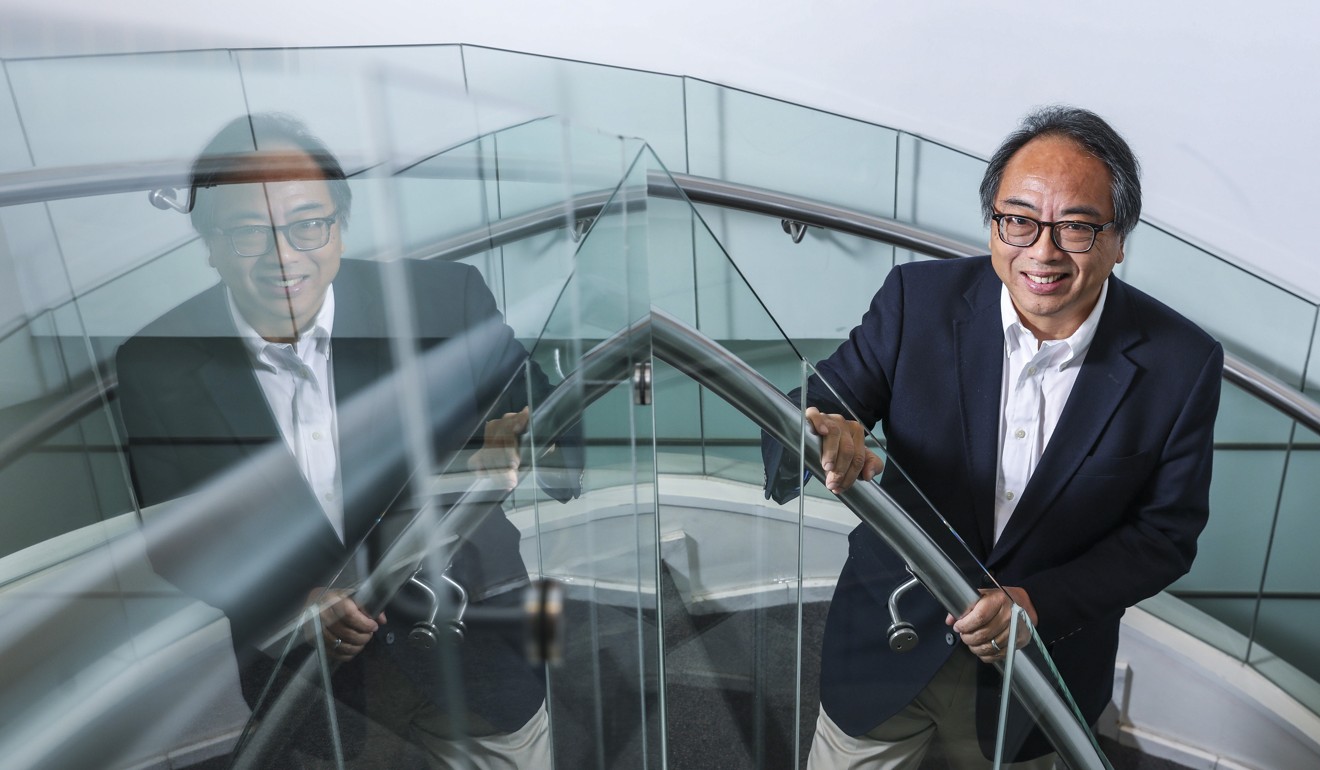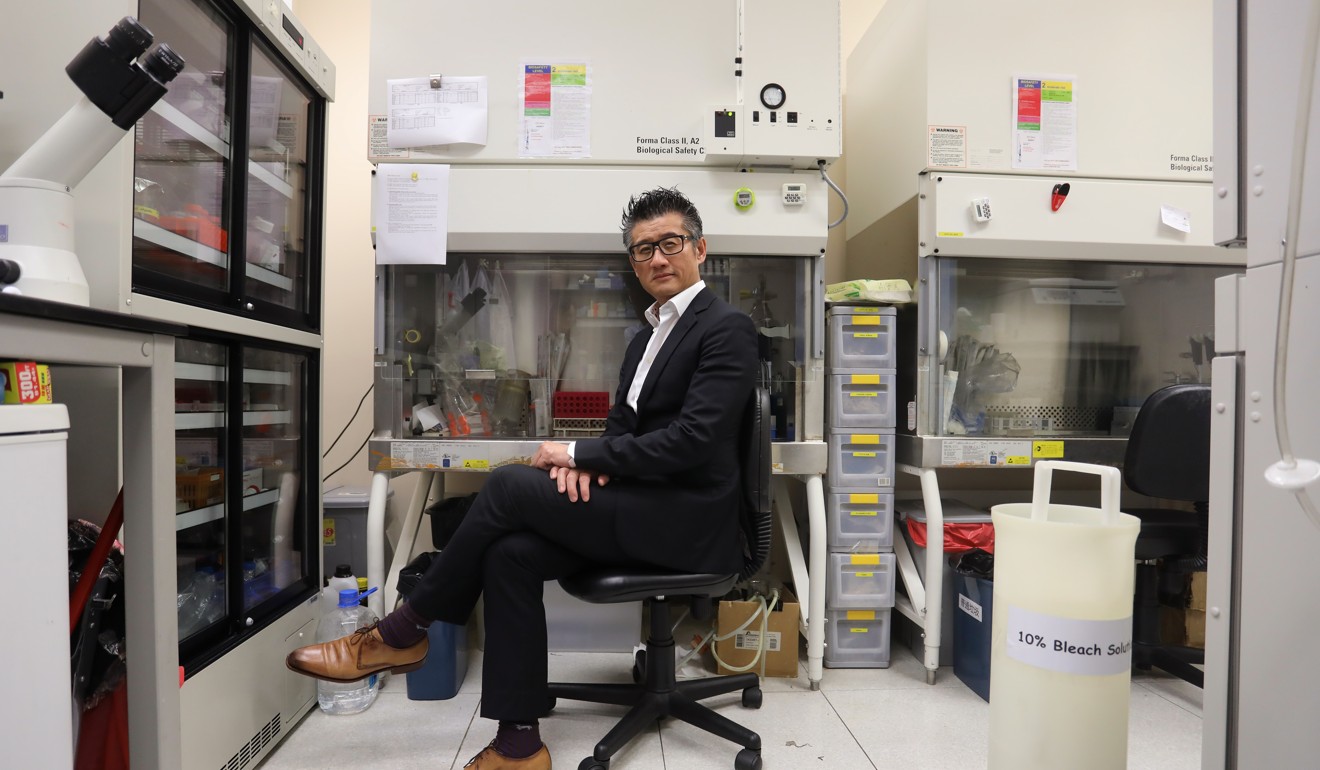
Investment in medical infrastructure has helped medical research in China make great advances, and bolstered cooperation with Hong Kong researchers
- Mainland China devoted 2.13 per cent of GDP to research and development in 2017, a huge increase on the 0.8 per cent of the same in 1999
- Hong Kong scientists say they have noticed a marked improvement in facilities and research on the mainland in recent decades
When top neuroscientist Professor Nancy Ip Yuk-yu planned to launch a study to identify genetic risk factors of Alzheimer’s disease among Chinese people around four years ago, she knew that she would need data from 1,000 people.
“I think if I had approached Hong Kong doctors at the time … the answer would be a ‘no’ as there was no centre that could provide us with that data right away,” Ip said, adding that the number of such patients in Hong Kong was also much smaller than in mainland China.
Chinese science world mourns loss of pioneering researchers
So the scientist from Hong Kong University of Science and Technology turned to Professor Guo Qihao from Huashan Hospital, an institution affiliated to Fudan University in Shanghai. Guo had studied Alzheimer’s in the mainland for over 20 years and had the data to hand. With details such as the disease history and genome sequences of some 1,000 people, both healthy and suffering from Alzheimer’s, Ip was able to start her research.

After releasing her research findings early this year, Ip hopes to build a biomarker database, containing information such as genetic and brain-imaging data, for Chinese Alzheimer’s patients.
The work of Ip and the mainland doctor is just one of many examples of cross-border collaboration in scientific research that has taken place for decades. But the nature of this cooperation has changed, as the mainland became more modern and developed during the course of its reform and opening up over the last 40 years. Previously, Hong Kong took a more leading role in providing funding and technological support. But the trend has started to be reversed in recent years.
Hiring scramble for world’s largest telescope in remote China
According to data from the National Bureau of Statistics, the mainland spent 1.76 trillion yuan, or 2.13 per cent of gross domestic product (GDP), on research and development last year. That was a massive increase from 68 billion yuan, or 0.8 per cent of GDP, in 1999.
By comparison, research and development (R&D) spending in Hong Kong took up just 0.79 per cent of the city’s GDP in 2016. Chief Executive Carrie Lam Cheng Yuet-ngor pledged in her policy address last year to expand R&D expenditure to 1.5 per cent of GDP by 2022.
There are now over 250 state key laboratories on the mainland, covering areas such as earth science, engineering and medicine.
Ip recalled visits to research facilities under the Chinese Academy of Sciences in Shanghai and Beijing in the 1990s.
“They didn’t have much funding back then. Equipment there was not that advanced, and the facilities were not very well-equipped,” Ip said.

Now mainland researchers are on a par with those in other countries … and their research is published in world-class journals
Professor Tsui Lap-chee, president of the Academy of Sciences of Hong Kong and a renowned geneticist, began his contact with mainland researchers in the late 1980s, when he went there to give lectures.
“They couldn’t understand what I said, and I had to explain things in a very simple manner … they could not understand those academic terms in English,” said Tsui, referring to what he saw in the early days.
As time passed, mainland doctors came to Hong Kong to learn the skills for procedures such as liver transplants and researchers visited for experiments.
But things changed gradually. Over recent decades, Hong Kong scientists, who have had enjoyed greater access to resources compared to their mainland counterparts, have seen how research on the mainland has improved.
“Now mainland researchers are on a par with those in other countries … and their research is published in world-class journals,” Tsui said.
Hong Kong scientists make breakthrough in search for dementia cure
Some mainland scientists have also caught global attention, like He Jiankui from the Southern University of Science and Technology. Late last month, the Shenzhen-based researcher shocked the scientific world when he claimed to have created the world’s first gene-edited babies.

Professor Tony Mok Shu-kam, a leading lung cancer expert from the Chinese University of Hong Kong, said research on the mainland had undergone a massive change, partly through support from both the public and private sectors.
Mok, who undertook his first research project with a mainland institution in 1998, said foreign money had helped to improve facilities across the border.
Can the world’s most powerful brain scanner help scientists find the soul?
Attracted by a huge population and potential profits of a similar magnitude, drug makers from around the world entered the Chinese market. But before putting their products on sale, drug makers had to conduct clinical trials inside the country. Mok said the firms poured in resources to support scientific studies, such as providing money to hire researchers.
“Pharmaceutical firms had to make sure research infrastructure was good enough,” Mok said.

The changes prompted more Hong Kong scientists to look into opportunities for support from mainland institutions.
In May, the central government announced that Hong Kong research institutions would be allowed to bid for state funding to undertake science and technology projects on the mainland.
Tsui said Hong Kong researchers now visit the mainland to conduct experiments using equipment the city lacks, such as devices that examine the structure of protein. He said that getting an understanding of protein structures would help in the treatment of diseases.
Chinese bioethics expert slams scientist who claims gene-editing coup
Ip said: “If the mainland had not invested in science and technology over the years, we would not look for support from them, in terms of facilities or other supporting infrastructures.”
She added that they also looked to the mainland for expertise that is lacking in Hong Kong.
With the improvements across the border, Tsui said Hong Kong has to find its own niche to maintain an edge in research. He cited flu research and the development of non-invasive prenatal testing as examples.
The city was also better than the mainland in terms of respecting intellectual property and collaborative agreements. But Tsui advised local researchers not to be complacent. “You have to run faster … and work harder.”

